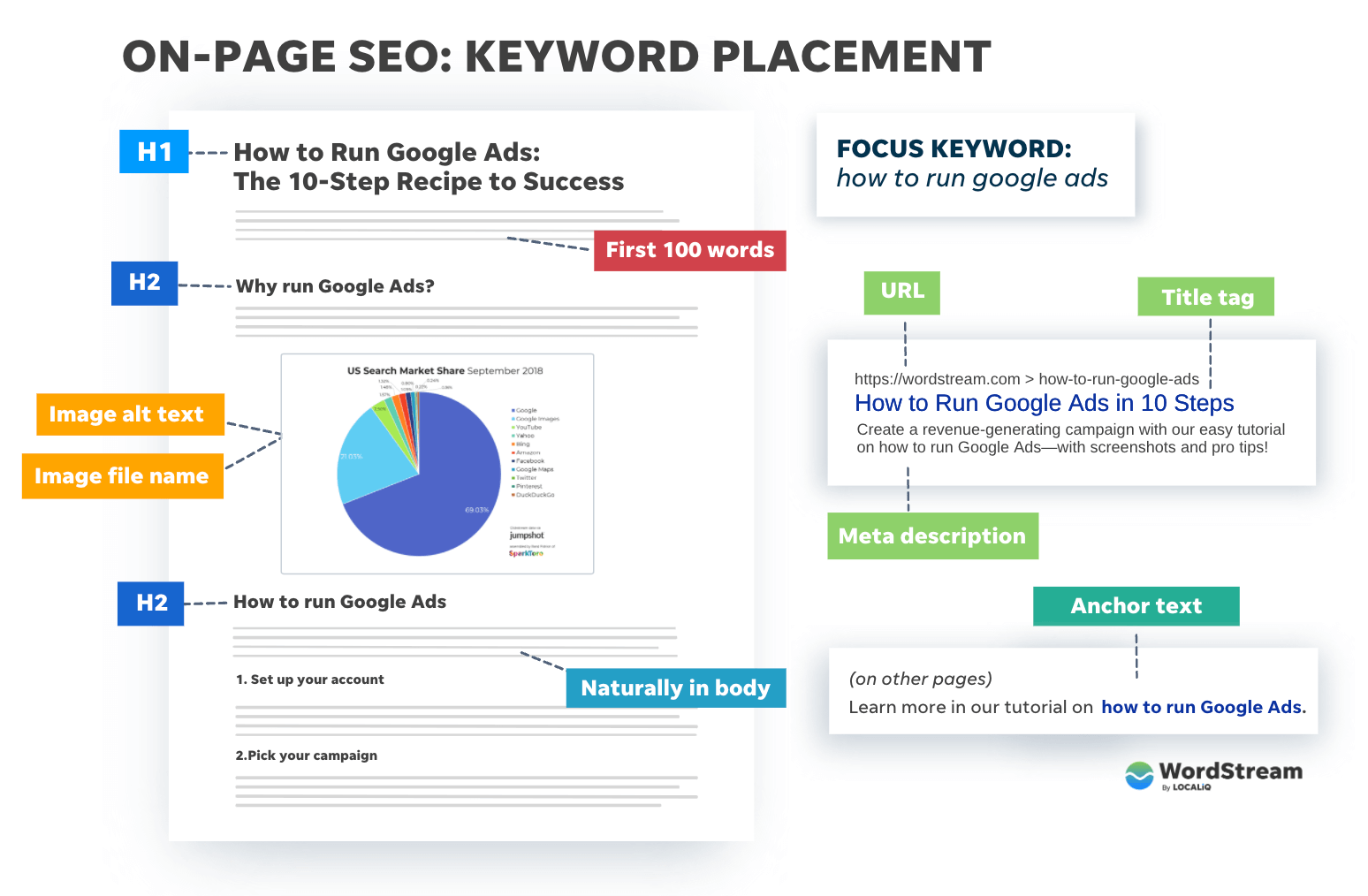Mastering Secondary Dimensions in Google Analytics: Their Value and Efficient Use
Revealing the Impact of Secondary Measurement in Google Analytics on Data Evaluation and Insights
In the realm of information analytics, the usage of second measurements within Google Analytics has arised as a critical device for removing much deeper understandings and unraveling facility patterns that could or else continue to be covered. By peeling off back the layers of key information collections, second dimensions offer a nuanced point of view that enriches the understanding of customer habits, web site efficiency, and the efficiency of advertising approaches.
Discovering the Principle of Additional Dimensions
Additional dimensions in Google Analytics provide added understandings by allowing individuals to analyze primary information combined with a second feature. This feature enables an extra thorough understanding of the key data by including one more layer of info for evaluation. By including secondary measurements, users can dig much deeper right into the data and reveal valuable connections that might or else go undetected. By coupling the primary information of site web traffic with additional dimensions like demographics or actions, marketing professionals can gain a much more comprehensive view of their target market and customize their techniques as necessary.
By exploring the various additional dimensions readily available in Google Analytics, individuals can open brand-new understandings and enhance their electronic advertising initiatives. In significance, second measurements offer as a powerful tool for improving information evaluation and driving actionable outcomes.
Enhancing Data Interpretation With Secondary Dimensions
Having established the foundational understanding of additional dimensions in Google Analytics and their essential role in information analysis, the emphasis now moves towards leveraging these second features to boost the interpretation of analytics data (what is a secondary dimension in google analytics). By integrating secondary dimensions into data analysis, analysts can obtain much deeper insights into customer actions, web site performance, and marketing performance

Moreover, additional dimensions aid in contextualizing key data metrics by giving added layers of details. This contextualization help in understanding the 'why' behind the data trends, helping analysts make informed optimizations and decisions to enhance overall performance. Eventually, integrating additional measurements enhances the information interpretation procedure, leading to more tactical actions and significant understandings.
Discovering Hidden Insights With Additional Dimensions
Checking out the depths of analytics information with secondary dimensions reveals beneficial insights that would certainly otherwise stay covered. By incorporating additional measurements in Google Analytics, services can uncover covert patterns, fads, and connections that provide a more comprehensive understanding of individual behavior and website efficiency. These added layers of data permit analysts to delve deeper right into the key measurements, such as traffic sources or touchdown web pages, and gain a much more nuanced viewpoint on exactly how various variables connect with each try this website other.
With making use of second dimensions, experts can sector and contrast data across different measurements, enabling them to recognize certain elements that influence customer involvement, conversion prices, and general success metrics. By combining the key measurement of 'device category' with the additional measurement of 'age team,' marketing professionals can identify which age demographics like accessing the internet site with mobile gadgets versus desktop computers. This degree of granularity equips companies to make data-driven decisions and optimize their strategies for far better outcomes. Eventually, discovering hidden understandings via second measurements enhances the depth and precision of data evaluation, leading to more informed decision-making and boosted efficiency results.
Leveraging Second Measurements for Actionable Analytics
Structure upon the understandings revealed with additional dimensions in Google Analytics, companies can now harness this enriched information landscape to drive workable analytics and critical decision-making. By leveraging second measurements, companies can dig deeper into their information to remove useful patterns, trends, and relationships that may have formerly gone undetected. This deeper degree of analysis allows services to gain a much more thorough understanding of user habits, project performance, and general internet site effectiveness.
One secret benefit of making use of secondary dimensions for workable analytics is the capability to sector information based on particular requirements. This segmentation allows companies to customize their campaigns and methods to various target market groups, resulting in a lot more targeted and reliable marketing efforts - what is a secondary dimension in google analytics. Furthermore, second measurements offer a more alternative sight of user interactions, making it possible for companies to enhance their internet site content, layout, and total individual experience
Making Best Use Of Decision-Making With Additional Measurements
To enhance strategic decision-making in analytics, leveraging additional measurements in Google Analytics can supply an extra nuanced point of view on customer actions and project efficiency. By including additional measurements right into information evaluation, companies can dig deeper into the specifics of their internet site visitors' interactions and engagement patterns. This extra layer of info permits for a more comprehensive understanding of how various variables, such as demographics, tools, or website traffic sources, impact essential performance signs.

Final Thought
To conclude, the use of second measurements in Google Analytics plays an important function in enhancing data evaluation and discovering hidden understandings. By discovering this idea, one can gain a much deeper understanding of user actions and make notified choices based on actionable analytics. Leveraging second dimensions enables a much more detailed interpretation of information and optimizes the effectiveness of decision-making procedures.
